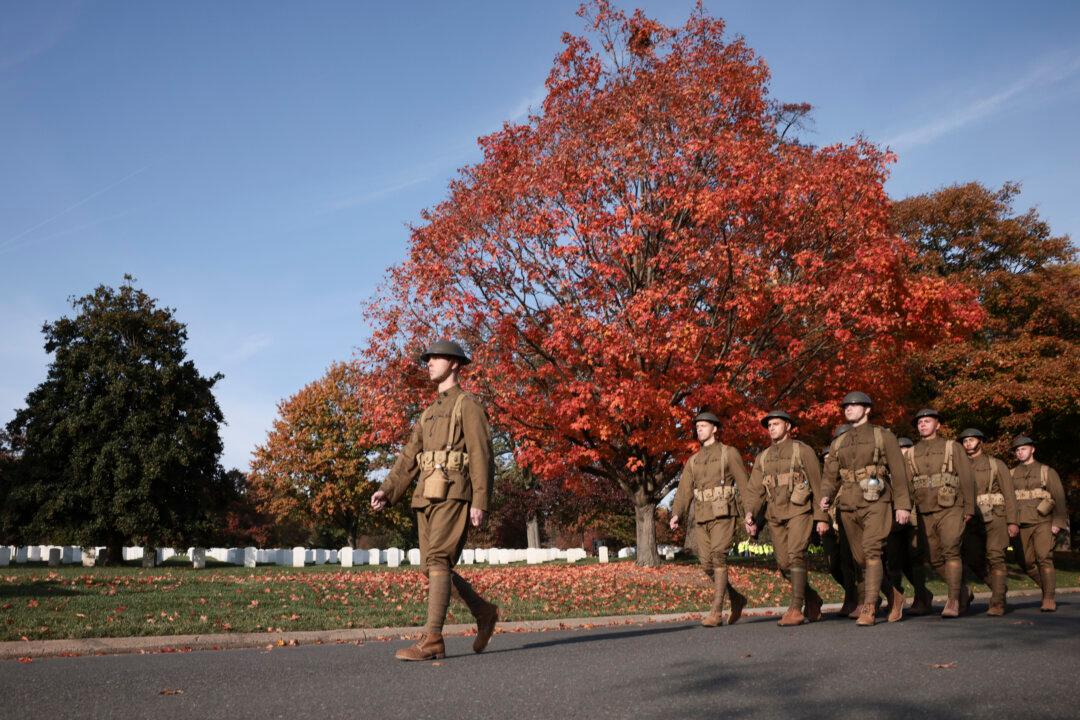Although the suicide rate slightly declined in 2019 and 2020, in the aftermath of the COVID-19 pandemic, suicide rates have reversed course and again continued to rise. According to the provisional data, in 2022, the suicide rate was 5 percent higher than in 2018, which saw 14.2 deaths for every 100,000 people.
These troubling statistics are more than just facts and figures. Behind each number is someone’s friend, family member, and loved one.
CDC data reveals a quiet and devastating crisis permeating our homes, schools, and communities across the nation. But amid this tragedy, there is still hope.
In July 2022, the lifeline changed its number from 1-800-273-TALK to a much simpler, 988. The change makes the number as easy to remember for Americans in crisis as 911.
Since the revamping of the hotline and the institution of the 988 Suicide & Crisis Lifeline, just over one year ago, nearly 5 million calls, text messages, and online chats have been answered. Data from the U.S. Department of Health and Human Services found that texts through the lifeline increased by 1,135 percent, answered chats increased by 141 percent, and answered calls increased by 46 percent. The new lifeline is also much more efficient, with the average connection time reduced from 2 minutes 39 seconds to 41 seconds.
The lifeline is available in the United States for anyone who is experiencing a mental health concern or worried about a loved one. The 988 Suicide & Crisis Lifeline makes clear that the resource is not only for managing a suicidal crisis, but also for responding to general mental health concerns.
One caller said, “The counselor was truly kind to me, understanding, open-minded, friendly, and she showed genuine concern about me.”
A concerned parent called the Lifeline and “received sound advice on how to deal with my daughter’s friend who was in crisis. I was able to get him the help he needed.”
Another caller wrote to the Lifeline and said, “You saved my life ... and I need to thank you.”
To save lives amid the tragic rise of suicide in the United States, we must extend our support to those who struggle with mental illness and work to increase awareness of the 988 Suicide & Crisis Lifeline.







